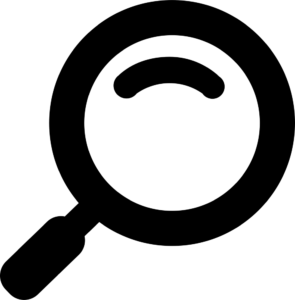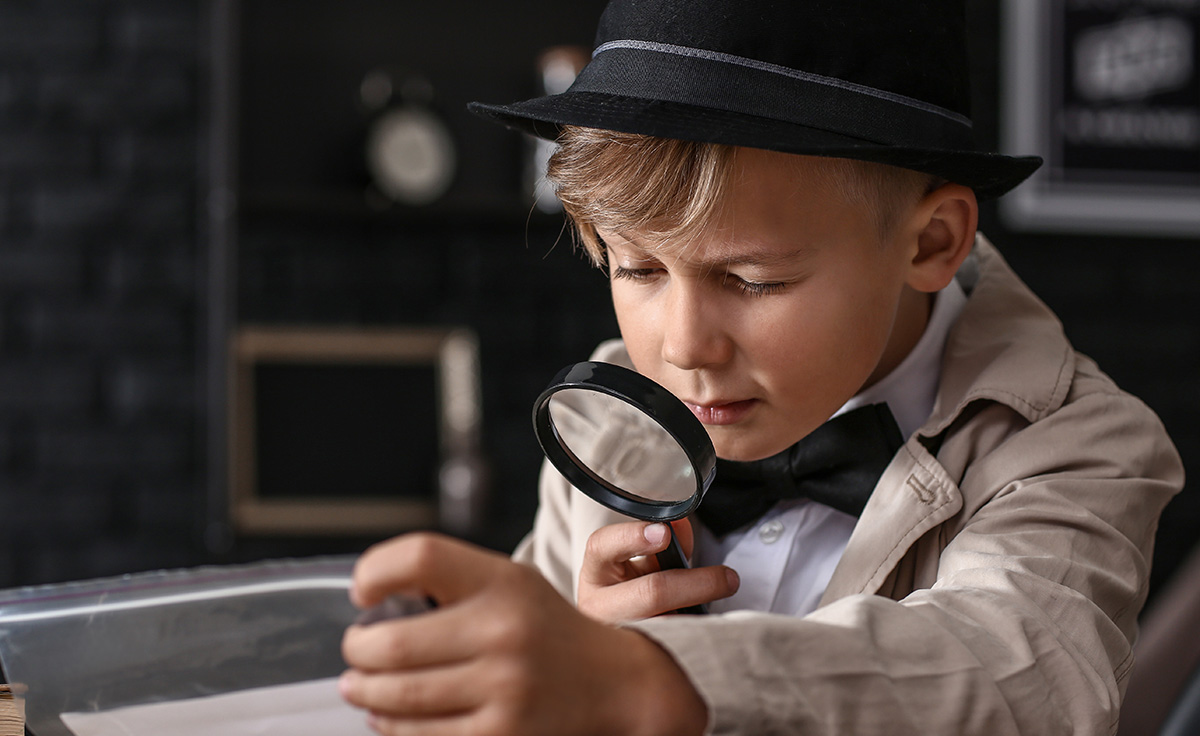Third in a Series: How to Identify Donor Passions and Interests
 Identifying passions and interests is the easiest thing to do in major gift fundraising – and the hardest. It all depends on the donor.
Identifying passions and interests is the easiest thing to do in major gift fundraising – and the hardest. It all depends on the donor.
Some donors know the answer to your why question – “Why are you interested in that?” Others don’t. This lack of knowledge has nothing to do with not wanting to share the information. It has to do with lack of awareness of what it is, or a sensitivity or reluctance to sharing it.
Either way, if you can, it’s good to be on a path to find out what your caseload donor’s passions and interests are and what the drivers are behind them.
Here’s how we suggest you do that:
- A one-page summary.
First, prepare a one-page summary of your organization’s program categories and sub-categories – a menu if you will, of what you do. This list must include everything your organization does to fulfill its mission. Don’t get too detailed. To make sure you don’t, limit yourself to one page. This summary has two objectives – (a) to make sure YOU know what you do (sorry, but many MGOs don’t), and (b) to use with the donor in your quest to uncover passions and interests. - Build relationship.
This may take days, weeks, or even months. Jeff and I have said many times that you do not, on your first visit with a donor, ask them for a gift. And maybe you don’t ask them for a gift on your second or third visit. No. You build relationship and trust. You thank the donor for what they’re doing. You make sure the donor understands that this relationship is not about the money but about you helping them fulfill their passions and interests. This is important. While you’re building relationship and you’re with the donor, always have with you the program list you’ve prepared, ready to use when the opportunity presents itself. But your first objective is to build relationship and trust – to understand who the donor is and to assure her that your primary goal is to help her fulfill her passions and interests. - Be curious.
While you’re building relationship and giving out a ton of information on how the donor’s gift has made a difference, you’re curious about who the donor is and why they’re involved with your organization. So, you’re asking questions. And every time you’re getting ready to ask a question, you ask for permission to ask it. It will sound like this: “DONOR, may I ask you a question?” And/or “Is it OK with you, DONOR, for me to ask a related question?” And/or “I know you already answered this question, but I’m curious about the underlying reason for (fill in the blank).”This is the point in your relationship where you’re finding out their passions and interests, and the drivers behind them.Here’s how that can go:“You know, DONOR, one of the things I’m really curious about is why you give to our organization. Many donors will say, ‘Oh, I just love what you do, that’s the reason.’ But there is always a deeper reason, a life experience, or a longing that motivates a donor’s giving. I know, for me, the reason I’m so interested in X is because of Y. (You explain YOUR reason for being interested in X and be sure you’re authentic, open, and vulnerable in sharing that as it helps the donor relax and trust you.) What is it about us that drives your giving? For instance, we do so many things (pull out your program list). I’m curious to know what’s of particular interest to you.”Now, stop. And be quiet. Let the donor respond.
And when the donor responds, ask your follow-up question in response to what they have identified on the list or told you. “Wow, that’s so interesting. Is it OK with you for me to ask you one more question? (wait for answer) “Why is that area of particular interest to you?” Then pause. And as the donor answers, ask any other questions that will help clarify the “why.” - Thank the donor.
Thank the donor for being open and sharing. And ask the donor, now that you know this additional information, what other information they’d like to receive from you, that would be helpful.This is critical. It sounds like this: “DONOR, it has been so helpful to understand that what you’re interested in here at ORG NAME is X and that the reason for your interest is Y. What information could I regularly share with you, or what other involvement would you like to have that would be fulfilling and satisfying to you?”
This is the basic structure of identifying a passion or interest and the driver behind it. You’ll need to modify it and nuance it to fit the cadence and vibe of your relationship and conversations.
But one thing you must do is be sensitively persistent in asking those questions. Because understanding your donor’s passions and interests and the drivers behind them is critical to your donor’s fulfillment and your success as a MGO. (Tweet it!)
Richard





0 Comments